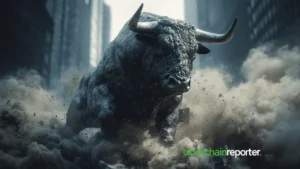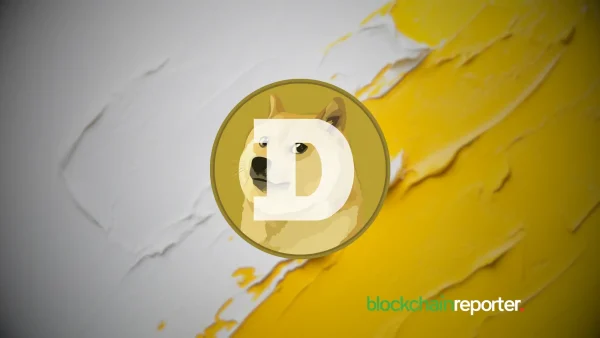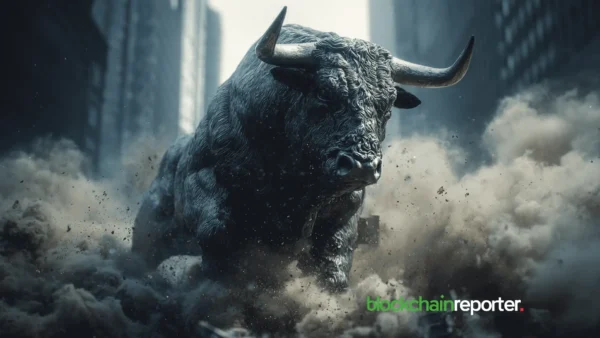
Bitcoin has just plunged to its lowest position since December 2020, when it fell below the $18,000 level on June 19; the hazard of cryptocurrency trading speculation has once again become the area of interest and attention. In the past several years, the value of the cryptocurrency has fluctuated constantly. Countries such as China have released several documents emphasizing that virtual currency-related commercial activities constitute illicit financial activity and caution investors to be wary of hazards.
Since Satoshi Nakamoto published “Bitcoin: A Peer-to-Peer Electronic Cash System” in 2008, which marked the formal birth of Bitcoin, the discussion concerning cryptocurrency has not ceased for a second. While advocates of the so-called “decentralized” economy view it as a religion and assume that cryptocurrencies would eventually take them to the ideal world, some individuals feel that cryptocurrencies are merely another wonderland established for speculators. Many of them even reject and oppose cryptocurrencies.
At least 90 of the top 100 wealthiest persons in the world, including Microsoft founder Bill Gates and “stock lord” Warren Buffett, have publicly declared their “negative” stance towards cryptocurrency. Buffett feels the sole certainty with cryptocurrency is that it does not accumulate profits, and he has made it abundantly clear that “Bitcoin is rat poison and therefore should be avoided.” And his longtime friend Charlie Munger even stated that investing in Bitcoin is “evil and stupid.”
So, what is cryptocurrency exactly? Is it a fantasy world and a Ponzi scheme? Some individuals feel that cryptocurrencies are, in essence, the biggest Ponzi scheme in the history of mankind.
An Old Scam With A New Shape
In essence, the objective of the so-called “Ponzi scheme” is to swindle resources by guaranteeing great returns, using the money of early investors to pay off the interest of prior investors to create an impression of profit, and then defrauding additional funds. The deception is unmasked and the bubble collapses when this approach of snowballing becomes unstable.
With the evolution of the financial sector, Ponzi schemes have also taken on new dimensions, which are no longer limited to monetary transactions but now involve rights and interests. This category of Ponzi scheme is categorized as “equity-type,” and it has three key components. First, it is based on denominable equity; second, the equity can be bought and sold and disseminated; and third, and most pertinently, this equity is not affiliated with any resource, affective labor, or inherent benefit, but is entirely fictitious.
Equity Ponzi schemes are forgeries in financial concealment. One of the fundamental laws of finance states that the larger the degree of “departure from truth to reality” a financial instrument has, the higher its hazard. Comparing the two great economic crises of the 1920s and 1930s with that of 2008, the shift from real to virtual money is a similar element. The so-called “equity” of an equity Ponzi scheme is totally unconnected to tangible assets and constructive labor; hence, it has no actual benefit, and its separation from real society is endless, indicating that it has no real worth. The risk approaches infinity.
Is Everything Monetizable?
Even though the “airdrop” provides free cryptocurrencies, savvy market players eventually realized that since it is “free,” prospective buyers tend to pay little attention. In order to continue the cryptocurrency Ponzi scam, the financial circle has attempted to add as many packages as possible. The X2E model is the newest example of the monarch’s new clothes.
X2E includes a number of cryptocurrency projects named X to Earn, such as M2E (Move to Earn) and P2E (Play to Earn). The project’s ostensibly alluring business plan of “running and generating money” is in fact a scamming scheme. The underlying pitfall is that the production of digital currencies (particularly coins that do not involve mining) is immaterial. The ultimate goal of X2E is to entice people to participate in the hype exchange of rights and interests.
Fundamental to the maintenance of the equity Ponzi scheme is the addition of new participants and the continuing transactions. This is the only way the value of equity can remain consistent. When a particular number of daily newcomers and transaction volume is reached, the price will escalate. It will keep rising, benefiting early “investors.” At the very same time, this degree of price rise will become increasingly tempting to new investors. It appears that there are no problems and that everything will be in order. This is still a Ponzi scheme at the end of the day; it’s just a game of drumming and passing flowers around.
The Mirror Is Shattered & The Loss Is Actual Money
Currently, digital money is attracting an increasing number of speculators who are interested in the possibility of getting rich quickly, and X2E has infiltrated every area of real life, looking for a chance to use a crop to harvest common people from all backgrounds of life. And being a full fraud and a 100% dangerous wager, the associated risks are unquestionably enormous and real.
In May 2022, UST, once the third biggest stablecoin in the market and its connected cryptocurrency LUNA experienced an “epic zero.” Within only a few days, the value of one LUNA coin dropped from a high of $100 to a low of $0.00000112. Instantaneously, more than $40 billion worth of market value vanished. There are numerous explanations for why LUNA and UST crashed in a heartbeat, but one that is seldom emphasized is that they are linked to cash-based and equity-based Ponzi schemes.
From the perspective of an outsider, the downfall of LUNA may be only the result of observing a lie and adding pleasant conversation. And for those involved, it was a catastrophe they had no idea how to handle. It required one person a year and a half to persuade his wife to invest their whole $1 million inheritance in LUNA. As a consequence, he lost 98% in a matter of days and doesn’t know how to approach his wife and his future life. This reveals the risks and dangers of “specializing coins.”
The Way Forward
Some say that cryptocurrencies are speculative assets, the value of which fluctuates dramatically over time, and that they market themselves as currencies despite not being currencies. Others argue that cryptocurrencies represent the future of money because they enable decentralization and, most crucially, transaction simplicity. Nevertheless, using cryptocurrency as an investment vehicle continues to be an issue. As there is already a great deal of confusion and complexity, it looks like it will take a few more years for everyone to fully grasp the concept of digital currency.











